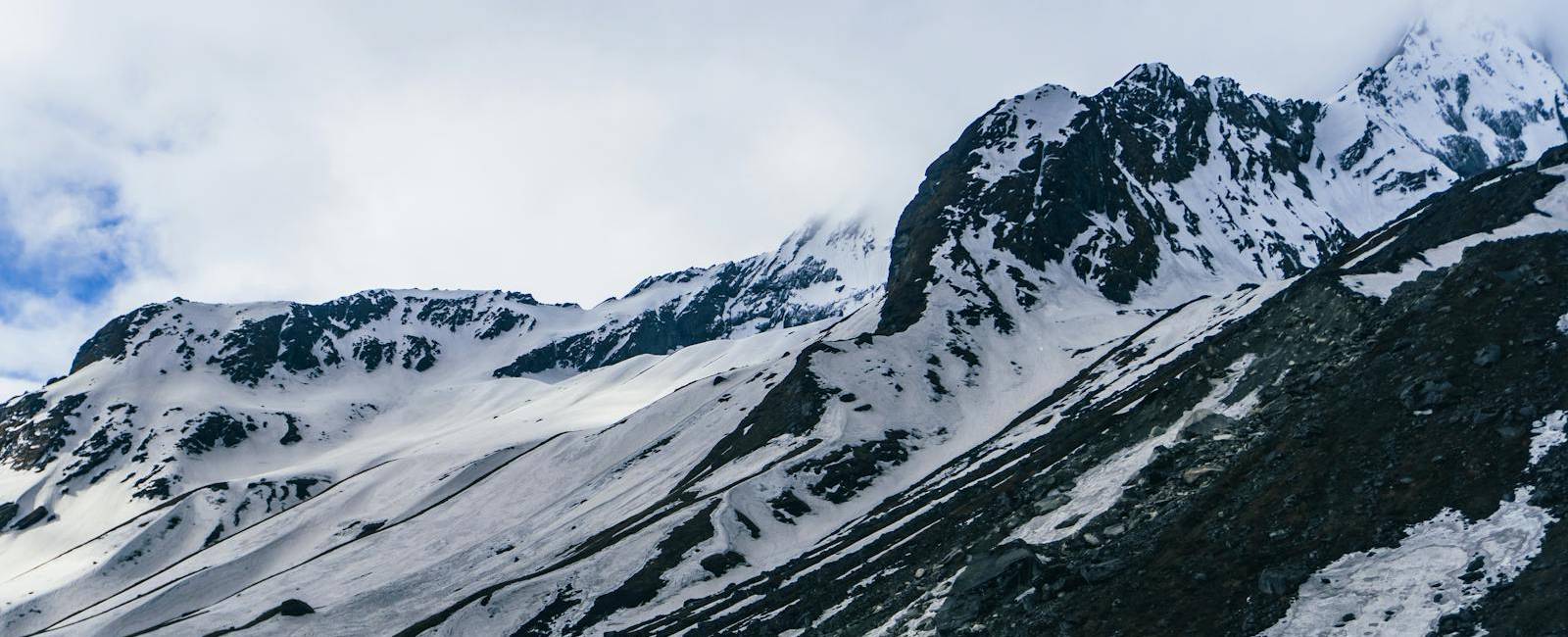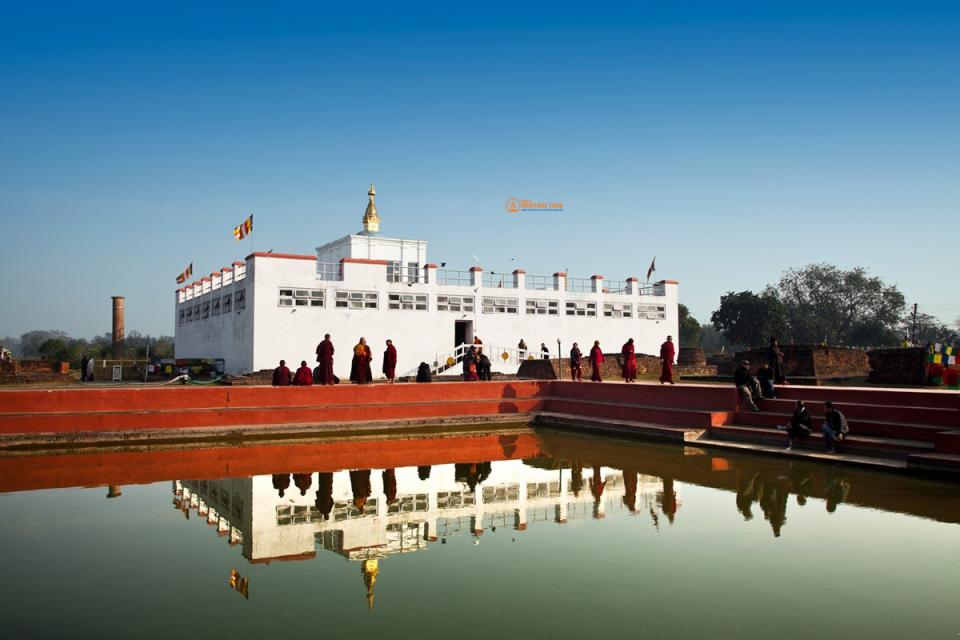Nestled in the serene plains of southern Nepal, the Maya Devi Temple is one of the most revered spiritual landmarks in the world. It stands on the exact spot where Queen Maya Devi gave birth to Siddhartha Gautama - the historical Buddha - over 2,600 years ago. For Buddhists, pilgrims, cultural explorers, and history enthusiasts alike, this sacred site is not just a religious monument but a timeless symbol of peace, awakening, and heritage.
As the central attraction of the Lumbini Sacred Garden and a designated UNESCO World Heritage Site, the temple draws thousands of visitors each year. But there’s much more to Maya Devi Temple than its spiritual significance. From its ancient architecture and archaeological remains to the serene atmosphere and rituals practiced within, this blog covers everything you need to know about this sacred destination.
Historical Significance of the Maya Devi Temple
The Maya Devi Temple is not just a religious monument; it’s a living testament to one of the most significant events in world history - the birth of Lord Buddha. According to ancient texts, Queen Maya Devi, the mother of Siddhartha Gautama, gave birth while holding a branch of a sal tree in the Lumbini Garden during her journey to her parental home in Devadaha.
This miraculous event occurred in the 6th century BCE, and it forever transformed Lumbini into a sacred pilgrimage site. Over centuries, kings, monks, and pilgrims from different parts of Asia - especially India, China, Sri Lanka, and Tibet - have visited and contributed to preserving this hallowed ground.
Rediscovery and Archaeological Importance
While the site was mentioned in ancient scriptures, it was largely forgotten until the late 19th century, when a team led by General Khadga Shamsher and German archaeologist Alois Anton Führer rediscovered the Ashokan Pillar near the temple in 1896. This stone pillar, inscribed with Emperor Ashoka’s decree from the 3rd century BCE, clearly marks Lumbini as the Buddha’s birthplace.
Since then, numerous excavations have revealed:
-
Ancient brick structures and stupas from the Maurya and Kushan periods
-
A marker stone inside the temple believed to pinpoint the exact birthplace
-
Remains of earlier temples built to honor Maya Devi and Lord Buddha
This deep historical and spiritual relevance makes the Maya Devi Temple the oldest and most sacred Buddhist temple in Nepal.
Architectural Layout and Key Features
Though modest in size compared to grand monasteries, the Maya Devi Temple holds unparalleled spiritual and historical depth. Its structure reflects a blend of ancient architecture and modern preservation, designed to protect the archaeological treasures inside while maintaining a peaceful atmosphere for worship and reflection.
The Inner Sanctum
At the heart of the temple lies the Marker Stone, believed to signify the exact spot where Prince Siddhartha Gautama was born. Visitors can also view the bas-relief sculpture of Queen Maya Devi holding the sal tree during childbirth - an image central to Buddhist iconography.
Around the stone, protected within a glass enclosure, are the brick foundations of several ancient temple layers, some dating back more than 2,000 years. These ruins have been carefully excavated and preserved beneath a suspended walkway, allowing visitors to observe them closely without causing damage.
The Outer Structure
The temple’s outer structure is a modern whitewashed building, constructed in 2003 to shield the sacred site from weather and decay. Though minimalist in appearance, it’s designed to maintain spiritual calm and draw attention to what lies within - rather than external grandeur.
The Sacred Garden
Surrounding the temple is the Lumbini Sacred Garden, a tranquil expanse dotted with ancient ruins, prayer flags, and monastic trees. Pilgrims walk barefoot around the area, often meditating near:
-
The Bodhi Tree: Draped in prayer flags and believed to descend from the tree under which the Buddha attained enlightenment.
-
The Sacred Pond (Puskarini): Where Queen Maya Devi is said to have bathed before giving birth.
Spiritual Importance and Pilgrimage
The Maya Devi Temple is more than a historical landmark - it's one of the holiest pilgrimage sites in Buddhism. Every year, thousands of pilgrims from around the world walk barefoot to this sacred ground, offering prayers, lighting butter lamps, and meditating in the silence that envelops the temple and its garden.
Symbol of Birth and Awakening
For Buddhists, the temple is not just the birthplace of Siddhartha Gautama - it represents the beginning of the journey toward enlightenment. Visiting the temple is often seen as a spiritual milestone, a way to connect with the origins of the Buddha’s teachings and renew one’s commitment to inner peace and compassion.
Monks and devotees often chant scriptures and circumambulate the temple in quiet devotion. Some even choose to sit in meditation under the Bodhi tree, absorbing the calm energy of this sacred site.
Celebrations and Rituals
The most significant spiritual event at the Maya Devi Temple is Buddha Jayanti (usually in April or May), celebrating the birth, enlightenment, and passing of Lord Buddha - all believed to have occurred on the full moon of the month of Baisakh.
During this time:
-
Thousands gather at Maya Devi Temple for prayers and processions
-
Monks from different Buddhist traditions offer collective chants
-
Pilgrims light butter lamps and offer flowers at the Marker Stone
For spiritual travelers and cultural seekers alike, the Maya Devi Temple is a place that fosters inner reflection, peace, and gratitude - a place where time slows, and the soul finds space to breathe.
Visitor Information and Travel Tips
Planning a visit to the Maya Devi Temple can be a deeply rewarding experience, but knowing a few practical details will help you make the most of your trip.
Opening Hours
The temple is open daily from 6:00 AM to 6:00 PM, allowing ample time for visitors to explore at a relaxed pace.
Entry Fees
There is a modest entrance fee for international tourists, which helps with the upkeep and preservation of the site. Local visitors and Nepali citizens usually have free or reduced entry.
Dress Code and Etiquette
-
Dress modestly and respectfully - cover shoulders and knees as a courtesy to the religious atmosphere.
-
Remove your shoes before entering the temple complex.
-
Maintain silence or speak softly, especially near the inner sanctum.
-
Photography inside the temple is restricted; however, you can take pictures of the garden and surrounding areas.
How to Get There
-
From Lumbini town center: The temple is within walking distance, located inside the Sacred Garden area.
-
By road: Lumbini is accessible from Kathmandu via bus or private vehicle. The nearest airport is Gautam Buddha Airport in Bhairahawa, about 25 km away.
-
Guided tours: Consider booking a local guide or tour package for insightful historical context and ease of navigation.
Best Time to Visit
Early mornings and late afternoons are the best times to visit for a peaceful atmosphere and ideal natural light for photography.
Conclusion
The Maya Devi Temple stands as a timeless beacon of spiritual heritage, history, and peace at the heart of Lumbini. Whether you come as a pilgrim seeking connection to the Buddha’s origins or as a traveler fascinated by ancient history and culture, this sacred site offers a profound and moving experience.
To make your journey seamless and deeply enriching, consider booking with Best Heritage Tour. Their expert guides and well-organized packages ensure you get the most from your visit to Maya Devi Temple and the wider Lumbini area.
Contact Best Heritage Tour:
Visit: www.bestheritagetour.com
Phone/Whatsapp: +977-9851149197
Email: info@bestheritagetour.com / bestheritagetour@gmail.com
Office: Thamel Marg, Kathmandu, Nepal
Embark on a journey to the birthplace of enlightenment with confidence and care.
Author: Best Heritage Tour
Date: 31st July, 2025


